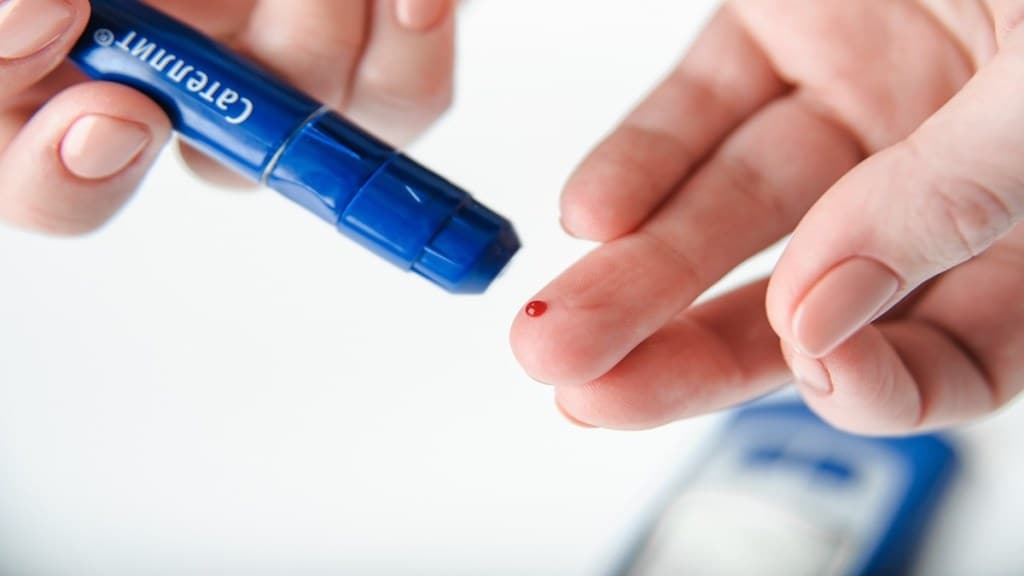World Diabetes Day 2024: An alarming study published in the Lancet journal has revealed that one-fourth of adults living with diabetes globally are in India which accounts for 212 million of the 828 million.
Based on data till 2022, the other nations with the most diabetics are China (148 million), US (42 million), Pakistan (36 million), Indonesia (25 million) and Brazil (22 million).
Moreover, the study is the first global analysis of trends in both diabetes rates and treatment. Researchers used data from over 140 million 18-plus people available in more than 1,000 studies. The researchers used the two most commonly used diagnostic criteria — a fasting plasma glucose (FPG) level of 7.0 mmol/L or 126 mg/dL and HbA1c (average blood sugar count of three months) count of 6.5 percent or higher.
Dr R M Anjana, president of the Madras Diabetes Research Foundation and one of the authors of the Lancet study, points out how using the HbA1c blood test and fasting glucose rate as calculation benchmarks could have increased the prevalence numbers, Indian Express reported.
Accordingly, without the inclusion of HbA1c, the prevalence of diabetes in India in 2022 was 14.4 per cent (69 million) among women and 12.2 per cent for men (62 million) — 131 million in total — in the ICMR-INDIAB study. The study was published on World Diabetes Day which is observed today. The study also found that obesity and poor diets are risk factors globally.
Worldwide three out of five 30-plus people (59 per cent or 445 million) did not receive medication for diabetes in 2022, three-and-a-half times the number in 1990 (129 million). In 2022, almost 64 million men and 69 million women with untreated diabetes lived in India.
‘Combination of genetic, lifestyle and socioeconomic factor’
India’s substantial share of the global diabetic population—estimated at over 21.2 crore out of 82.8 crore cases—can be attributed to a combination of genetic, lifestyle, and socioeconomic factors, Dr. Tushar Tayal, Consultant, Internal Medicine, CK Birla Hospital, Gurugram told Financial Express.com.
“One significant reason is the genetic predisposition among South Asians to develop Type 2 diabetes, even at lower body mass indexes compared to Western populations. Indians often experience an increased tendency to store fat around the abdomen, which is a major risk factor for insulin resistance and metabolic issues,” Dr. Tayal explained.
“Furthermore, rapid urbanization and lifestyle shifts have led to a more sedentary way of life for many Indians. This shift is paired with dietary changes that favor highly processed, high-calorie foods over traditional diets rich in fiber and nutrients. As a result, the combination of poor dietary habits and reduced physical activity heightens the risk of diabetes,” he said.
Additionally, limited access to healthcare, lack of awareness, and delayed diagnosis exacerbate the problem. Rural and low-income populations, in particular, may not have access to preventive healthcare services or regular screenings, leading to a higher prevalence of undiagnosed and unmanaged cases, he added.


